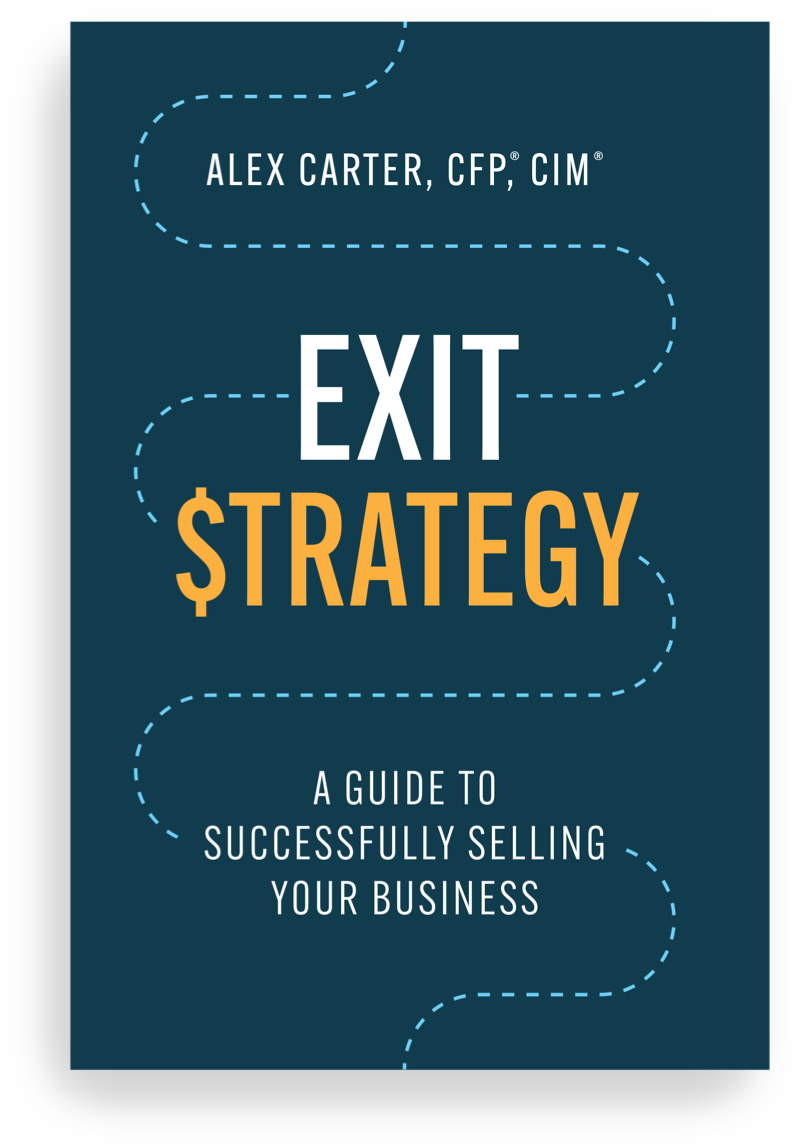Duration and Your Portfolio
All specialties have their own unique terms that probably come across as incomprehensible to those who don’t spend their days immersed in the subject. In the world of investing, ‘Duration’ is one of these sorts of words.
So, what exactly is it, and why should you as an investor care? (Don’t worry, we’ll explain it in a way that hopefully doesn’t make you doze off!)
For starters, it’s helpful to remember that duration is a synonym for ‘length’. And duration is a measure of the length of time, in years, for a bond’s cash flows to repay someone their original investment. Cash flows from bonds can come in two ways: Interest payments, and repayment of the principal.
Each year that you hold a bond you receive interest payments, and at the end of the bond’s term you also get paid back the face value of the instrument. Imagine loaning someone $10,000 at 3.00% per year for 5 years. You would earn $300 in interest each year, and then you’d get the original $10,000 back.
As this helpful video explains, there are a number of factors that go into calculating a bond’s duration. Long story short, though, two of the big ones are 1) the interest rate and 2) the length of time until a bond matures. All else being equal, a longer-term bond will have a higher duration than a shorter-term bond. And a bond with a higher interest rate will have a lower duration than a bond with a lower rate.
A Handy Formula for Duration
Imagine one bond has a duration of 2, and another has a duration of 10. What’s the difference between them? In a nutshell, the higher a bond’s duration, the more sensitive it is to a change in interest rates. Recall that bond prices and interest rates move inversely: Higher rates cause bond prices to fall, and lower rates cause them to rise.
Generally speaking, as Investopedia explains, “for every 1% change in interest rates (increase or decrease), a bond’s price will change approximately 1% in the opposite direction, for every year of duration.”
Going back to our two bonds with durations of 2 and 10, let’s say that interest rates rise by 1%. The bond with a duration of 2 will fall by 2% (1% x 2 years), but the one with a duration of 10 will fall by 10% (1% x 10). And if interest rates fall by 1%, the opposite will happen: the shorter duration bond will only rise by 2%, but the longer duration one will rise by 10%.
Why Duration Matters
Ok, so why does this seemingly arcane concept matter in the world of investing? The answer is that the direction of interest rates can have a significant effect on the prices of fixed-income products (i.e. bonds). And this effect is felt all the more so with bonds that have a high duration.
One way to think about it is that bonds with a short duration are lower risk and lower reward, whereas longer duration bonds have more upside potential but also more downside risk. If you buy a bond with a duration of, say 15, and then a weak economy causes interest rates to fall 1%, your bond should rise in price by 15%. But that same bond can fall 15% in value if the economy heats up and rates rise by 1%.
How We Deal with Duration
Our portfolio managers spend lots of time thinking about duration. If they see a recession coming, they will tend to increase the duration in your portfolios (to benefit from lower rates), and if they think the economy will heat up, they will reduce duration to help insulate you from rising rates.
The good news? We’ve got you covered, so if thinking about bond prices makes your head spin, that’s ok. Either way, congrats on making it through the duration of this blog post!



